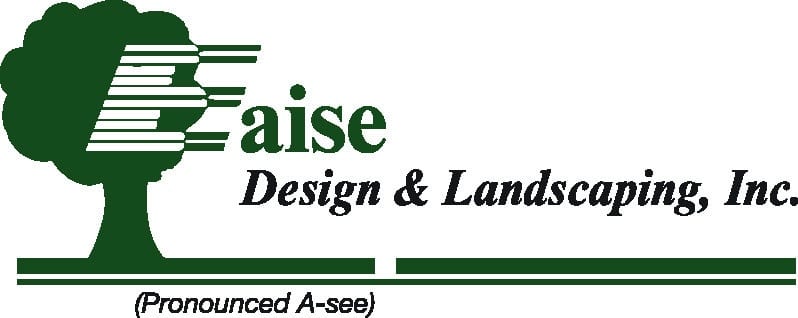Ah, autumn in South Jersey. The air gets crisper, leaves paint the ground in warm tones, and we start thinking about pumpkin-spiced everything. It’s beautiful… but it also means your irrigation system is entering its most vulnerable season.
Sorry to be the bearer of bad news, but if you skip the proper shutdown, you could wake up in spring to broken pipes, soggy lawns, or worse. Let’s talk about what an irrigation shutdown is, why it matters, and how to do it right, letting your system weather the winter without drama. Maybe it will be good news after all!
What Is an Irrigation Shutdown?
An irrigation shutdown is the process of preparing your sprinkler or irrigation system for the winter so that freezing temperatures don’t cause damage. It typically involves draining water, blowing out any residual moisture, checking shut-offs, and protecting vulnerable parts from frost and ice.
Why It Matters in South Jersey
We might live in a milder winter zone compared to, say, upstate New York or northern New England, but we still get freezing nights.
Freeze damage to pipes and components: Water expands when it freezes. Any water left in pipes, valves, or sprinkler heads can crack them. Once spring comes, you could have leaks, parts that don’t function, or worse, needing major repairs.
Costly repairs & wasted water: Burst pipes don’t just inconvenience you; they waste water, can damage landscaping or hardscapes, and often cost far more to repair than the few hours (or less) of work to shut things down properly.
Preventing mold, mildew, and soil issues: Standing water or poorly drained lines can freeze unevenly, thaw, and allow problems like ice heave or ground heaving, which damage not just the pipes but surrounding soil and plantings.
Maintaining warranty and lifespan: Many irrigation systems, components (valves, heads, controllers) have warranties or expected lifecycles that assume proper seasonal care, including winter shutdown. Skipping it can void warranties or shorten lifespan.
When Should You Winterize Your Irrigation System in South Jersey?
In South Jersey, ideal timing is usually late October to early November, depending on the forecast. Once nights are starting to dip consistently toward freezing (32°F / 0°C), it’s time. Don’t wait until the first hard freeze; being proactive saves more headache.
How to Do It Right: Step-by-Step
Here’s a checklist to do your irrigation shutdown properly. If you prefer, hire a pro (we know some great ones) so you know it’s done right. Either way, this is what “right” looks like.
- Turn off the water supply
Shut down the valve that feeds the irrigation system so new water doesn’t get in. - Flush the system
Run the system briefly to let any residual water flow out (without affecting plant health). This is especially important for low spots in your lines. - Blow-out or use air purge if applicable
Connect an air compressor to the main line and ‘blow’ air through zones to push out as much water as possible. Use moderate pressure (check manufacturer suggestions), so you don’t damage sprinkler heads or valves. - Shut down or protect the controller / timer
If your controller is outdoors or exposed, bring it in or ensure it’s secured and insulated. Batteries should be checked or removed. For automated systems, double-check the settings are off, so you’re not surprised by an unexpected watering event in the middle of winter. - Insulate above-ground components
Any exposed valves, pipes, or backflow preventers outside should be wrapped, insulated, or enclosed in insulated boxes. Even small mistakes can lead to frozen components. - Drain all zones, low spots, and lateral lines
Gravity draining can help for parts of the system that slope downward. Be especially thorough with any lines that run low in your yard, under patios, or along foundation walls. - Check for leaks and mechanical issues
Before the freeze hits, inspect sprinkler heads, hoses, connectors, and the backflow device. Fix or replace anything that’s worn out, cracked, or leaking. It’s much easier now than fussing in spring when everything is alive and green again. - Document / label your system
If you haven’t already, label zone valves and keep a sketch of your system. Next spring this lets you start back up efficiently and spot anything damaged quickly.
Common Mistakes to Avoid When Preparing Your Sprinklers for Winter
Even with the best intentions, irrigation shutdowns can go sideways if you miss a step. A few common errors can undo all your hard work and leave you with costly repairs come spring. Here are the big pitfalls to watch out for:
- Using too much air pressure in the blow-out, which can pop heads or damage pipes.
- Forgetting small or secondary lines (e.g. drip lines, soaker hoses) which can trap water.
- Neglecting to protect exposed above-ground components.
- Waiting too late (after a freeze) when damage may already be done.
- Doing a “half-shutdown” – e.g. turning off water but leaving trap points or valves exposed to winter.
Final Thoughts
Your irrigation system isn’t something you want to gamble on. Getting it shut down properly in fall protects your investment, saves you unexpected spring repair bills, and keeps your landscape looking great year after year.
Oh, and if you’d rather leave it to the pros, Eaise Design & Landscaping, Inc. offers full winterization services for irrigation, with experienced techs who know what freezes in South Jersey will do to pipes, heads, and valves. We make sure it’s done thoroughly, properly, and before the first hard frost arrives! See you soon?
